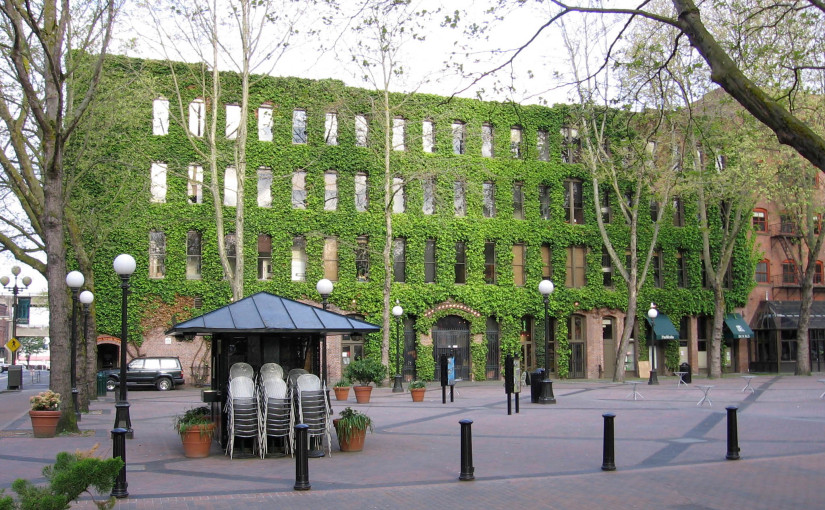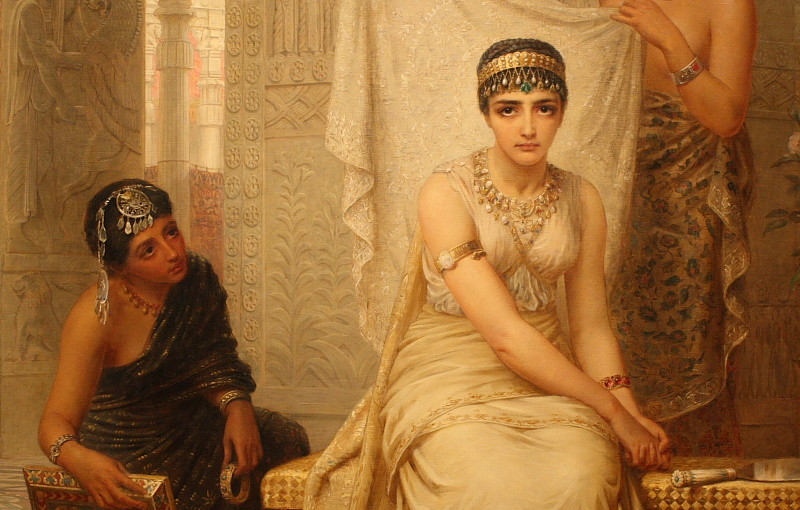Month: June 2015

A quick trip to Hong Kong
In 2013 I visited Hong Kong for the first (and so far only) time to do some interviews. I did some sight-seeing over the weekend and took way too many pictures. Here are my 92 favorites:
Lindgren Family Reunion 2015
Lindgren Family Reunion 2015 in Cannon Beach, Oregon – And a fun little artsy film trailer the kids made in iMovie while we were enjoying the sunset at Sunset Park in Sherwood, Oregon – A few photos, including Ecola State Park, Cannon Beach, Haystack Rock and tide pools in Oregon, and the Chihuly Garden and…

Seattle a decade ago
Guy approaching me on the street with a ragged bouquet of flowers: “Hey, buy some flowers for your wife?” Me: “No, thanks. She’s 3,000 miles away.” Guy: “That’s cool – I just pulled these out of a dumpster.” That was 10 years ago in Seattle. I talked to him for a while and he told…
The Sarcastic Child’s Friend
On Sunday we try to do things other than watch TV and play on the computer and iPods. The kids are pretty good sports about it, but sometimes you can see some mild resentment come through in the pencil and paper artwork they have to resort to without electronics. Here’s something Kid #2 drew on a lazy Sunday morning…

Notes on the Book of Esther
Last year I had the best calling in the Church: Gospel Doctrine teacher, during study of the Old Testament. I wrote out fairly detailed notes for each lesson and figured I’d post some of them here in case they’re helpful to a future teacher. Esther is an interesting book. It doesn’t read like the rest of the…



